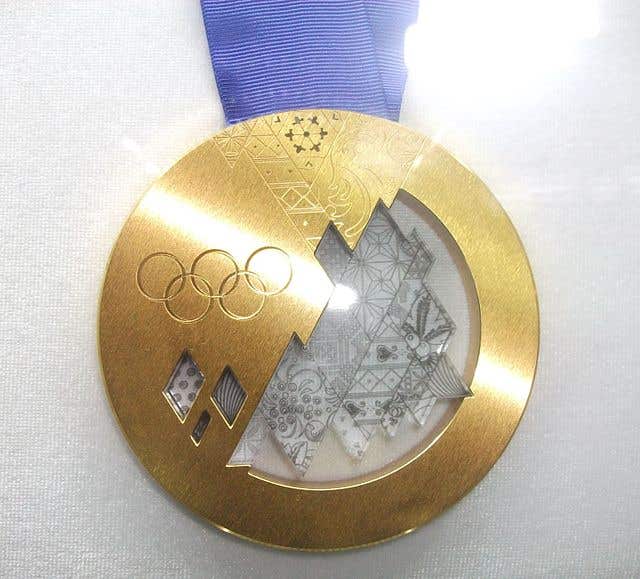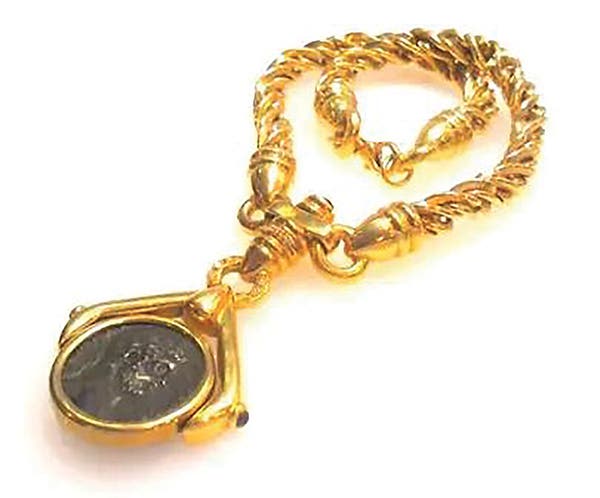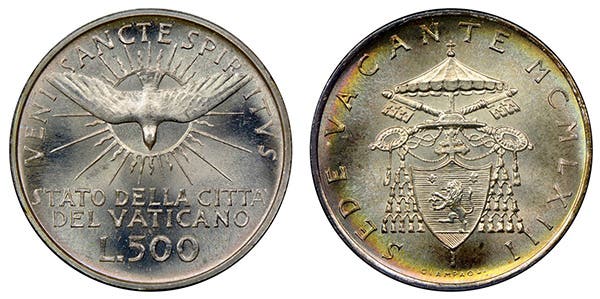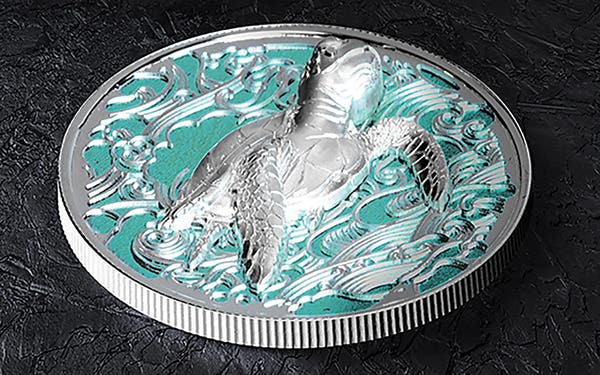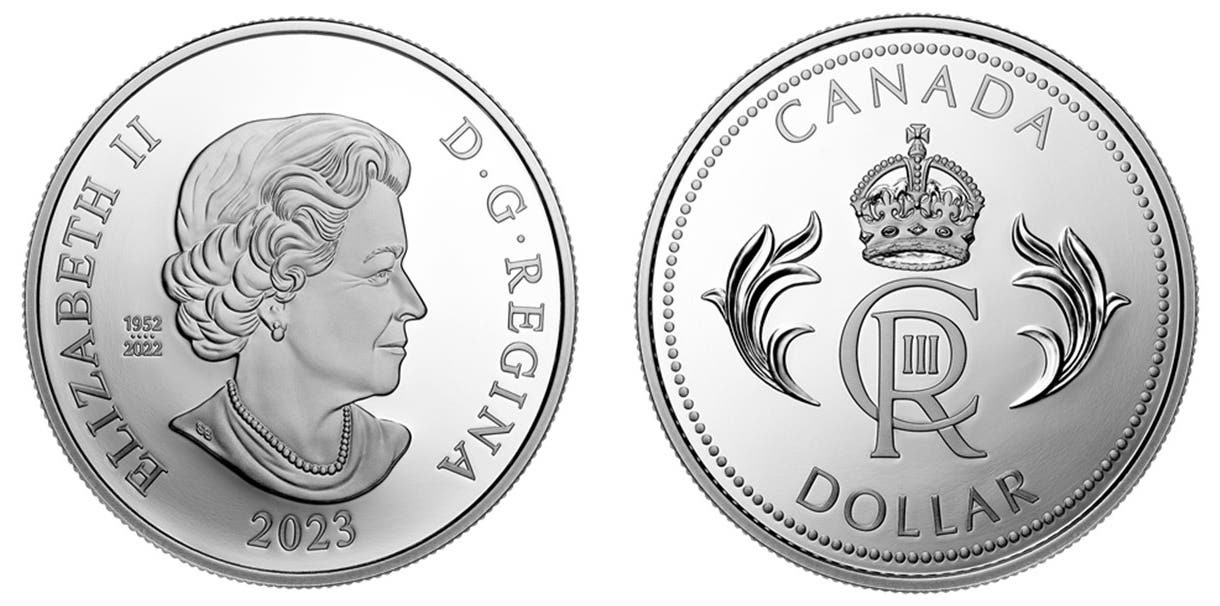Harrison Indian Peace medal sells
What kind of interesting historical story does $50,000 buy these days? One example comes from a recent Stack’s Bowers auction. The giving of medals as a token of peace to…
What kind of interesting historical story does $50,000 buy these days?
One example comes from a recent Stack’s Bowers auction.
The giving of medals as a token of peace to Native American chiefs was a habit indulged in by assorted European Powers from at least the 18th century. No one is quite sure when it started, but it is one politicians in Washington, D.C., took up with enthusiasm.
A choice example of one rarity was offered for sale by Stack’s Bowers in the firm’s Feb. 5, 6 and 10, 2015, Americana sale: a round 76.7 millimeter, 224.44 gram Benjamin Harrison medal struck in silver, the work of C.E. Barber. Just 27 were ever produced.
Up to this point so-called Indian Peace Medals were oval and the reverse design consisted of clasped hands with a crossed tomahawk and peace pipe. Instead the Harrison reverse is based on a concept proposed by the Office of Indian Affairs at the request of the Director of the Mint. It shows Native American’s “progress” in adapting to a way of life that includes, “a civilized house and occupation.”
The round shape of the Harrison medals came from a request made by a delegation of four Oto and Missouri Indians who visited Washington in 1890. Despite resistance from Washington bureaucrats, notably the Commissioner of Indian Affairs, the delegates were adamant about the specific shape and size of the medals and offered to pay the costs involved themselves if necessary.
Unusually the original recipient of this particular Peace Medal is known. The reverse is engraved with the name THREE / FINGERS, a Cheyenne leader although not one listed among the original recipients.
In the field below are the faint letters of the name BUFFALO MEAT. He was also Cheyenne and one of the original 23 recipients. It is not known why the name was ever altered, but clearly the medal was acquired by Three Fingers at some point.
The Cheyenne and their allies the Arapaho were the two tribes that enabled Custer to make his last stand in 1876. The “peace” for which Buffalo Meat received his medal represented the end of the decades-long aftermath of the Battle of Little Bighorn.
The first five were dispatched to the Oto and Missouri Indians on Oct. 25, 1890. In November 18 more were sent to chiefs of the Cheyenne and Arapaho who had agreed to sell vast tracts of lands in Indian Territory to the United States. Of such things was peace constructed at the time.
Graded “Choice Very Fine” this historically important medal had no problems racing to $49,937.50. It was just the fifth Harrison to have appeared at auction since 1936.
Three Fingers, by the way, died in 1917 at the age of 58. Buffalo Meat died the same year of tuberculosis.



